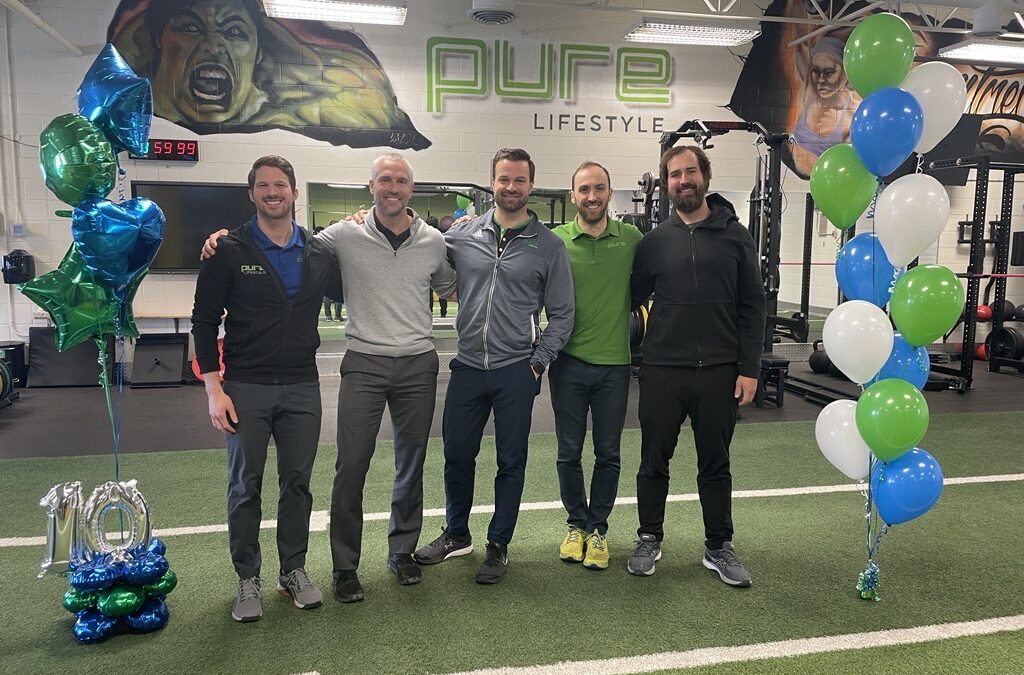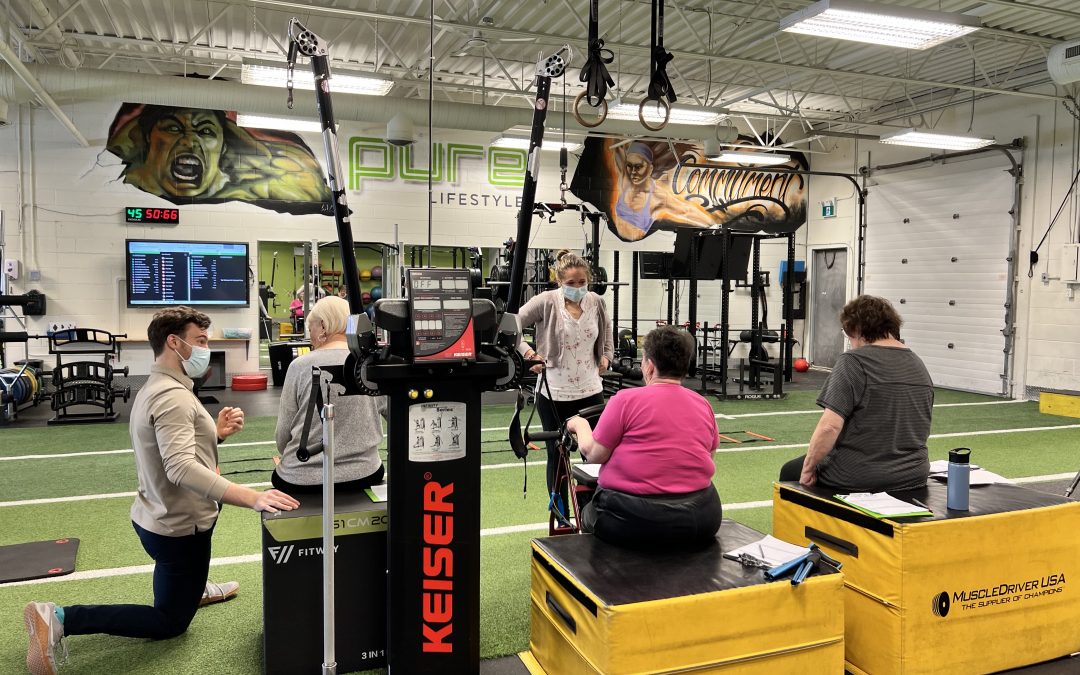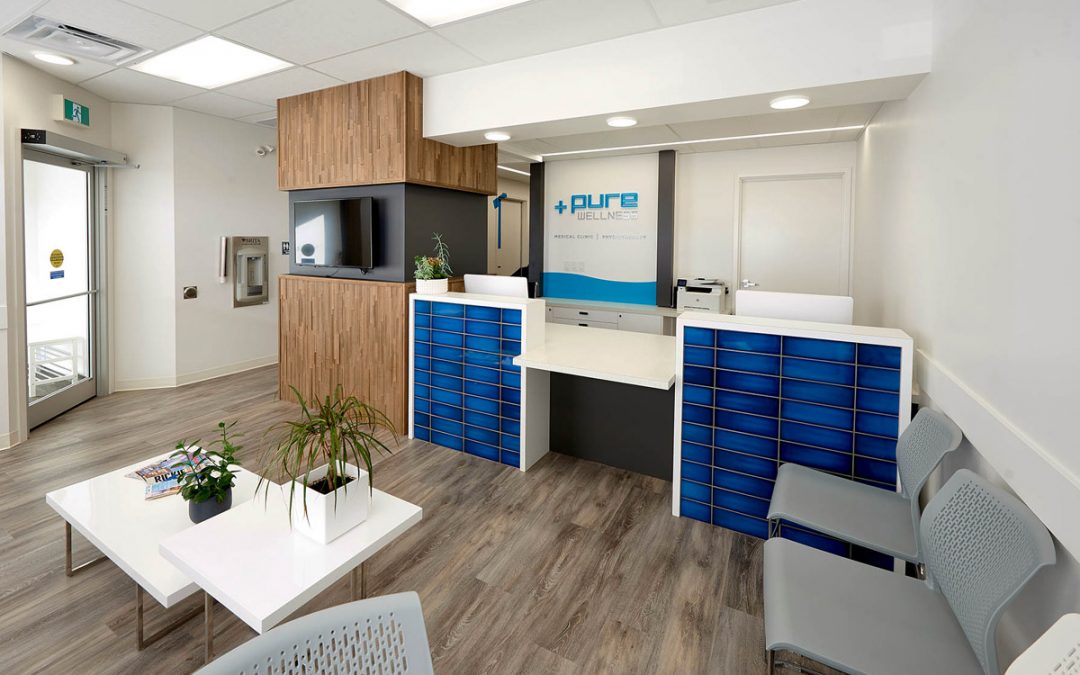As we embark on a New Year, many of us have thoughtfully set goals for ourselves. Perhaps you are interested in a race this coming spring or summer, or even a half or full marathon? Proper training is vital to accomplishing your physical goals, and will also prevent injury along the way – ensure your health and success with a training plan – here are some tips to get you started.
On average, 26,200 steps are taken in a half marathon and 52,400 steps in a full marathon. The load on our bodies is quite remarkable, making it all the more important to be prepared and not underestimate possible consequences that could surface from training. A systematic review of running injuries published in the Journal of Sports Medicine (2012) found that the most common running injuries for recreational runners and high performance athletes are:
| Top injuries for runners: | Top injuries for ultra-distance runners: |
| 1) Medial Tibial Stress Syndrome | 1) Achilles Tendinopathy |
| 2) Achilles Tendinopathy | 2) Patellofemoral Syndrome |
| 3) Plantar Fasciitis | 3) Ankle Dorsiflexors Tendinopathy |
Researchers concluded that these injuries affect an average of 55% of all runners, and as high as 92% of all people who hit the pavement. It is important to have a good understanding of what training errors could result in the injuries listed above.
Accomplishing your physical goals is a journey, not a race – even if your end goal is completing a race. Pushing your body too hard, too fast can sideline you early in the running season. Progressively working toward your goal will save you the time and pain of recuperating from a preventable injury.
We share your love for running, but we hope to inspire you to incorporate strength training into your training program. If you are already strength training, perhaps you can include these new exercises into your program. Investing time in resistance training will help to prevent injury and eliminate your running weaknesses. As an added bonus, you’ll have a serious advantage over your fellow runners on race day. Follow these suggestions to help you reach and even surpass your running goals:
Gluteus Medius. This muscle is a strong stabilizer of the pelvis and lower quadrant – it helps with one-leg stance phase, accuracy with footfall patterns and preventing excessive outward turning forces to your lower body. Start by strengthening this with a simple drill:
Single-leg Kickouts (a slow motion B drill) – Stand on your right leg. 1) Raise your left knee as close to your chest as you can. 2) Straighten out your left knee until it is straight (allow your hip to lower here). 3) Claw the leg back to have it to the side of your right leg without touching the ground. Now repeat for 5 to 10 reps without touching the floor and don’t forget the other side! If you do not feel that burning sensation to the side of your hip, repeat the same steps but in reverse order.
Hamstrings. This powerful bi-articular muscle is a major contributor to our speed and acceleration, as well as the key player in the claw-back at the end of the swing phase during running mechanics. Try strengthening this muscle without the machine at the gym where you lie prone – get functional! You can train this in various ways, here’s a great one to try:
Cable Kickbacks – Stand on your right leg with your left foot in a strap or handle set at the lowest notch on the pulley system. Allow 30-45° hip flexion and about 90° knee flexion. From here your foot should be about 1-2 inches from the floor, now kick back until your leg is fully straight with a hip extended all the while keeping your foot 1-2 inches from the floor. Bring it back to the start position and repeat.
Hip Flexors. This muscle is vital in helping us with speed and hill training – if it begins to hurt during speed training, it is likely due to weakness in the muscle. Here’s a great way to start building strength:
Side bridge Cable Hip Flexion – This exercise will challenge your core, strengthen your glutes, and solidify your hip flexors. Get into a side bridge with your feet facing the pulley one on top of the other, with your forearm on a mat perpendicular to your body. Place a foot in the handle or ankle strap and without changing your great posture and hips, pull your knee to your chest and repeat.
Core. Our core is needed for excellent motor control of the entire body and essential in helping with load control of your extremities. This exercise will help build strength throughout your entire core:
Plank up-up down-down – Get into a plank, resting your forearms and feet on the ground with a straight line from shoulder to ankle. From here, push up onto your hands, one hand at a time. Be sure to minimize any motion from your hips and back, keeping your body in a straight line. Return to forearms and repeat.
Add these four exercises into your routine for 3 sets of each, and base your number of repetitions on your ability to maintain proper technique throughout the exercise, building your strength progressively. If an injury does occur, see a physiotherapist promptly to ensure a speedy recovery. Remember, this is only a taste of a full training session that can help with injury prevention and performance enhancement. Please join us for our next blog where we will show you how planning to recover is equally important to your training plan.
If you are looking to rehabilitate an injury, or interested in strength training, the staff at Pure would be happy to help. Until next time, happy and safe training.











